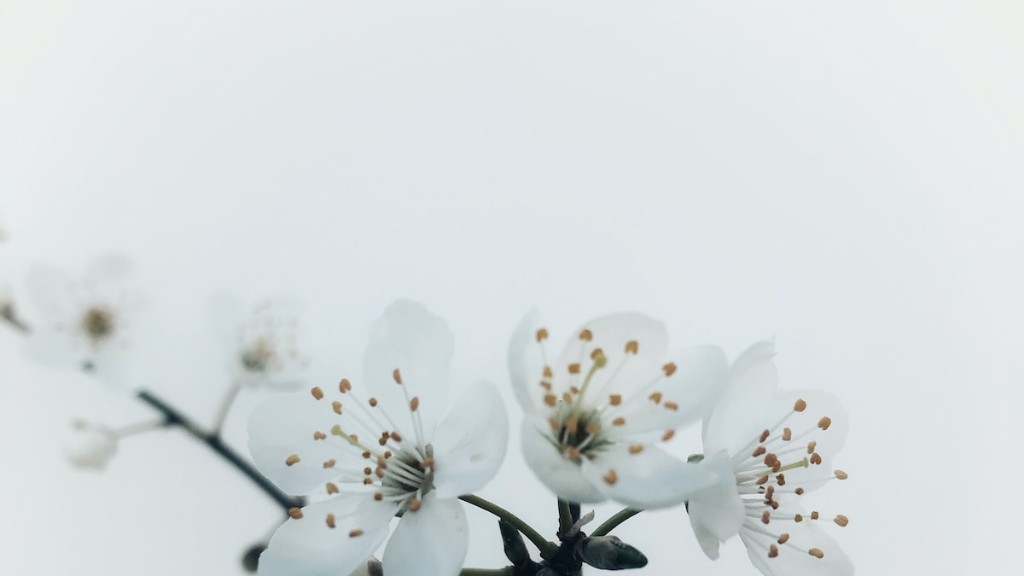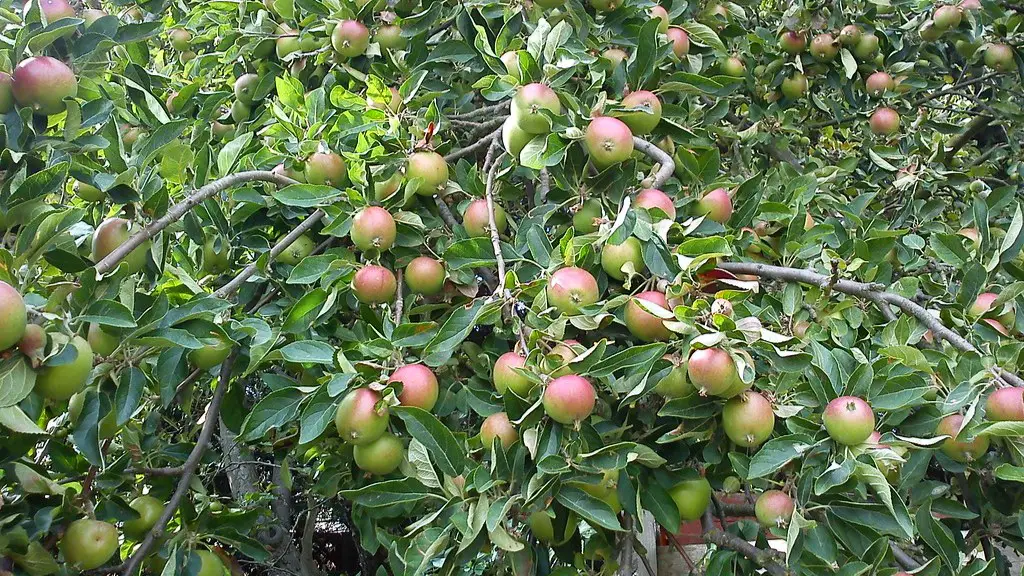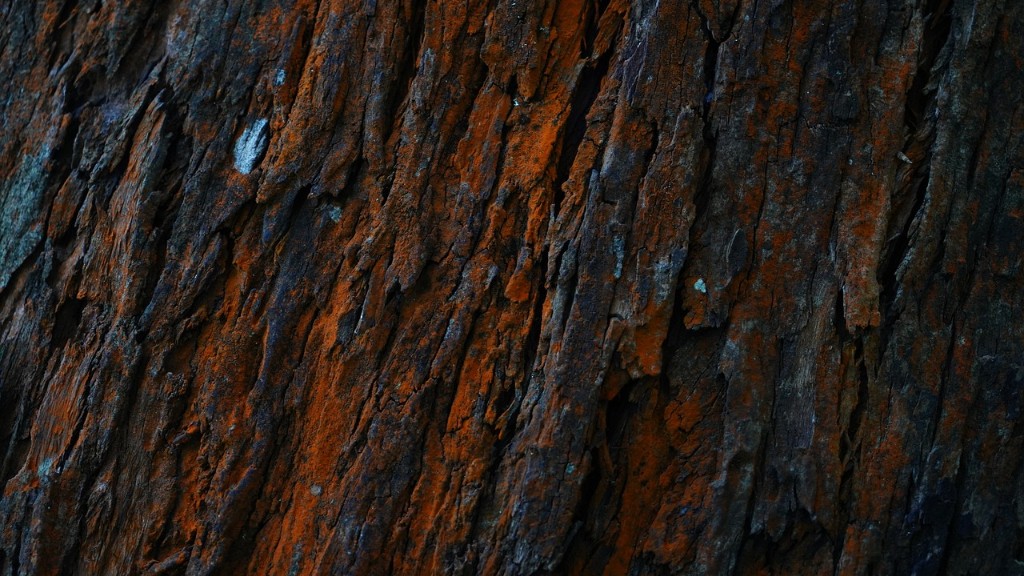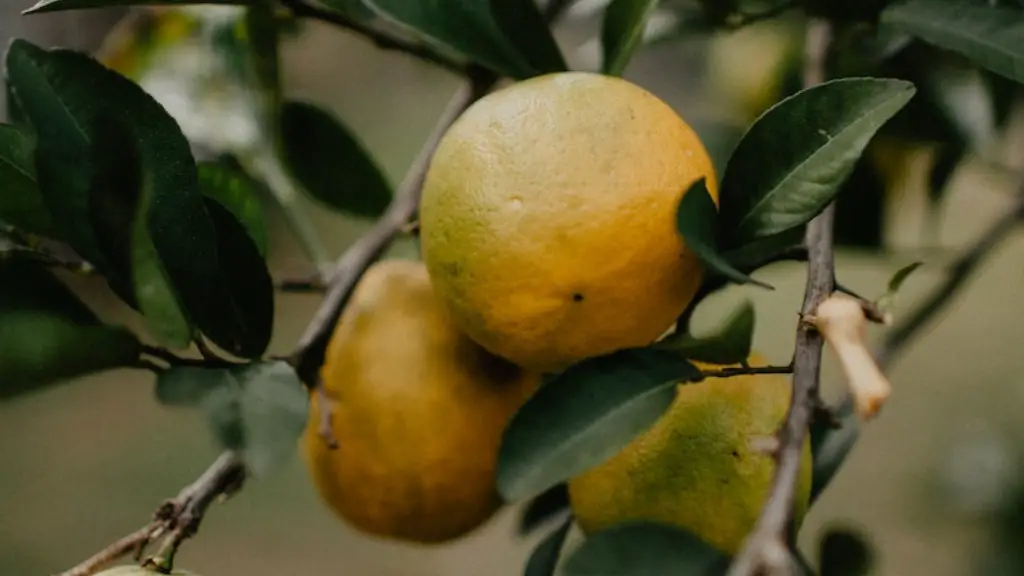How to grow a Cherry Blossom Bonsai Tree
Cherry blossom bonsai trees are often considered to be a symbol of peace and harmony. They are especially popular in Japan, where they symbolize the fleeting nature of life. However, many people all over the world appreciate the beauty of cherry blossom bonsai trees, and will often go to great lengths to have one in their own garden. Growing a cherry blossom bonsai tree is a rewarding experience, and in this article, we will discuss how to do it.
To begin, you must select the right species of cherry blossom tree for your home. Each species of cherry blossom has different care requirements, so it is important to select the right type for your area. Some varieties, such as the Japanese white cherry, are well suited to parts of the United States with mild winters. Other varieties, such as the Chinese flowering cherry, are suited to more temperate climates. Once you have selected the right species, you should start planning how you will grow and care for your cherry blossom bonsai tree.
When planting your cherry blossom bonsai tree, you must make sure that you use the right soil. The soil should be well-draining, with a pH balance of 6.5 to 7.5. The soil should also be rich in organic matter, and should be well aerated. Additionally, you should ensure that the soil you use contains the necessary nutrients to promote healthy growth. When you are ready to plant your cherry blossom bonsai tree, make sure to place it in an area that gets plenty of direct sunlight.
When you are caring for your cherry blossom bonsai tree, you should ensure that it gets enough water. During the growing season, you should ensure that the soil remains moist, but not soggy. During the winter, the soil should be allowed to dry out slightly before watering again. Additionally, fertilizing your bonsai tree can help to promote healthy growth. You should use a fertilizer specially designed for bonsai trees, and should follow the instructions on the package.
Pruning is an important part of caring for your cherry blossom bonsai tree. Pruning should be done twice a year, in the spring and fall. Pruning helps to keep the tree’s size in check, and can also help to promote healthy growth. When pruning, you should carefully remove any dead or dying branches, and any that are growing in an unnatural direction. You should also ensure that your pruning tools are clean, sharp, and sterilized before you begin.
It is also important to repot your cherry blossom bonsai tree every two to three years. This will help to ensure that the roots are healthy, and that there is enough room for the tree to grow. When repotting, you should use a potting mix specially designed for bonsai trees, and should make sure that the new pot is slightly bigger than the old one. Additionally, you should try to minimise the amount of disturbance to the tree’s roots during the repotting process.
By following these steps, you can successfully grow a healthy cherry blossom bonsai tree. With the right care, your cherry blossom bonsai tree can thrive and provide you with years of beauty and enjoyment.
Nutrients
In order to ensure that your cherry blossom bonsai tree is getting all the necessary nutrients, it is important to give it an appropriate fertilizer. The best way to do this is to use a slow-release fertilizer that is specially designed for bonsai trees. Slow release fertilizers are great for bonsai trees because they provide the necessary nutrients over a longer period of time, rather than all at once. This allows the tree to take in the nutrients it needs when it needs them, and prevents it from wasting nutrients that it may not use immediately.
When fertilizing your cherry blossom bonsai tree, it is important to follow the instructions on the package. Generally, you should give your bonsai tree fertilizer at least once a month during the growing season, and every other month during the dormant season. Additionally, it is important to make sure that you are not giving your bonsai too much fertilizer, as this can cause damage to the tree.
It is also important to ensure that your bonsai tree is getting enough micronutrients. Micronutrients are essential for a bonsai tree to thrive, as they help to regulate various processes in the tree, such as photosynthesis and respiration. The best way to ensure that your bonsai tree is getting enough micronutrients is to mix a micronutrient-rich fertilizer into the soil every few months.
Light and Temperature Conditions
In order for your cherry blossom bonsai tree to thrive, you must make sure that it is getting adequate light and the right temperature conditions. Generally, cherry blossom bonsai trees prefer to be in a spot where they get a few hours of direct sunlight each day. They also prefer temperatures that do not dip too low in the winter, as they can be susceptible to frost damage.
When selecting a spot for your bonsai tree, you should also consider the wind exposure. Cherry blossom bonsai trees are susceptible to strong winds, as this can cause them to become stunted or even damaged. If you live in a windy area, you should consider planting your bonsai tree in a protected, sheltered spot.
It is also important to remember that cherry blossom bonsai trees need to be kept at a consistent temperature. The ideal temperature for a cherry blossom bonsai tree is between 65-80 Fahrenheit. When temperatures dip too low, or spike too high, it can cause damage to the tree. Therefore, it is important to select a spot where the temperature will remain relatively consistent.
Pests and Diseases
When it comes to growing and caring for your cherry blossom bonsai tree, it is important to be aware of potential pests and diseases. Common pests that can affect cherry blossom bonsai trees include aphids, scale insects, and mites. Fortunately, all of these pests can be easily treated with an appropriate insecticide.
When it comes to diseases, the most common one that affects cherry blossom bonsai trees is root rot. Root rot is caused by fungi, and can stunt the growth of the tree and cause it to become weak and vulnerable. The best way to prevent root rot is to ensure that the soil is well-drained and not too soggy. Additionally, it is important to avoid overwatering the tree, as this can encourage the growth of fungal pathogens.
Pests and diseases can be a major problem when it comes to growing cherry blossom bonsai trees, but it is important to remember that they can be treated and prevented. By following the steps outlined in this article, you can ensure that your cherry blossom bonsai tree stays free from pests and diseases.
Repotting
Repotting is an important part of caring for a cherry blossom bonsai tree. Repotting helps to keep the tree healthy, as it ensures that the roots are not overgrown or damaged. Generally, a bonsai tree should be repotted every two to three years, or when it is outgrowing its current pot.
When repotting your cherry blossom bonsai tree, it is important to use a potting mix specifically designed for bonsai trees. This mix should be rich in organic matter and should also contain the necessary micro and macro-nutrients for healthy growth. Additionally, you should make sure that the new pot you use is slightly bigger than the old one, as this will give the roots more room to grow.
In order to ensure that your cherry blossom bonsai tree does not suffer any unnecessary transplant shock, you should avoid disturbing the roots as much as possible. Additionally, you should make sure to water your bonsai tree immediately after repotting, as this will help to reduce the stress of the repotting process.
Styling
Styling is an important part of caring for a cherry blossom bonsai tree. Styling involves pruning and shaping the branches, as well as wiring them into the desired shape. This is a very important step in bonsai tree care, as it helps to make sure that the tree is growing in a healthy and aesthetic way.
When it comes to pruning and shaping a cherry blossom bonsai tree, it is important to be gentle and meticulous. You should carefully remove any dead or dying branches, as well as any that are growing in an unnatural direction. Additionally, you should make sure that your pruning tools are clean, sharp, and sterilized before you begin.
When wiring your cherry blossom bonsai tree, you should make sure to use a soft wire, such as copper or brass. The wire should be applied gently and evenly, and should always be checked regularly to make sure that it is not causing damage to the tree. Additionally, the wire should be removed regularly, as it can cause the branches to become stunted or even damaged if it is left on for too long.
By following these steps, you can successfully style a cherry blossom bonsai tree. With the right pruning and wiring techniques, you can create a beautiful and aesthetically pleasing bonsai tree.



